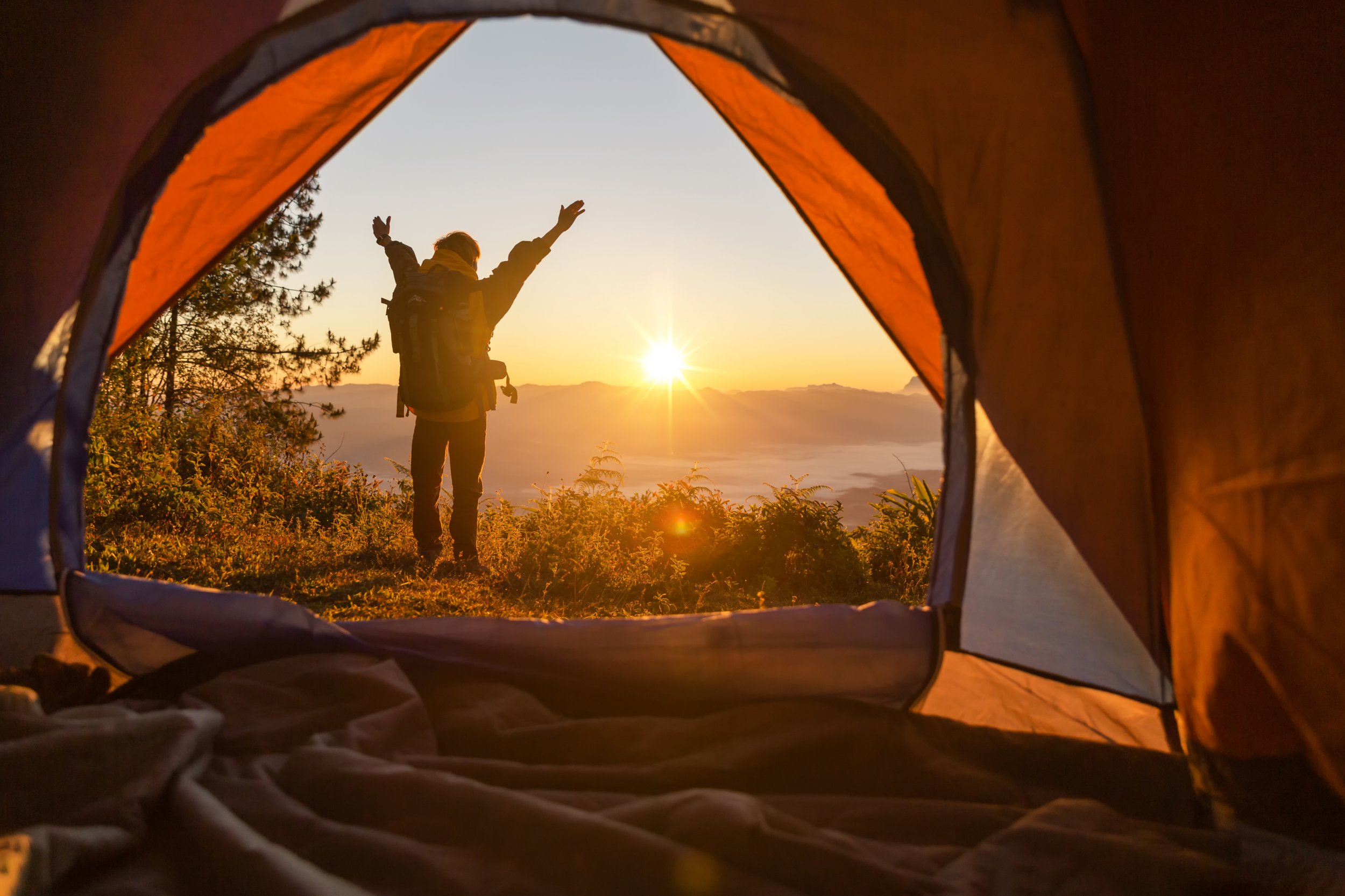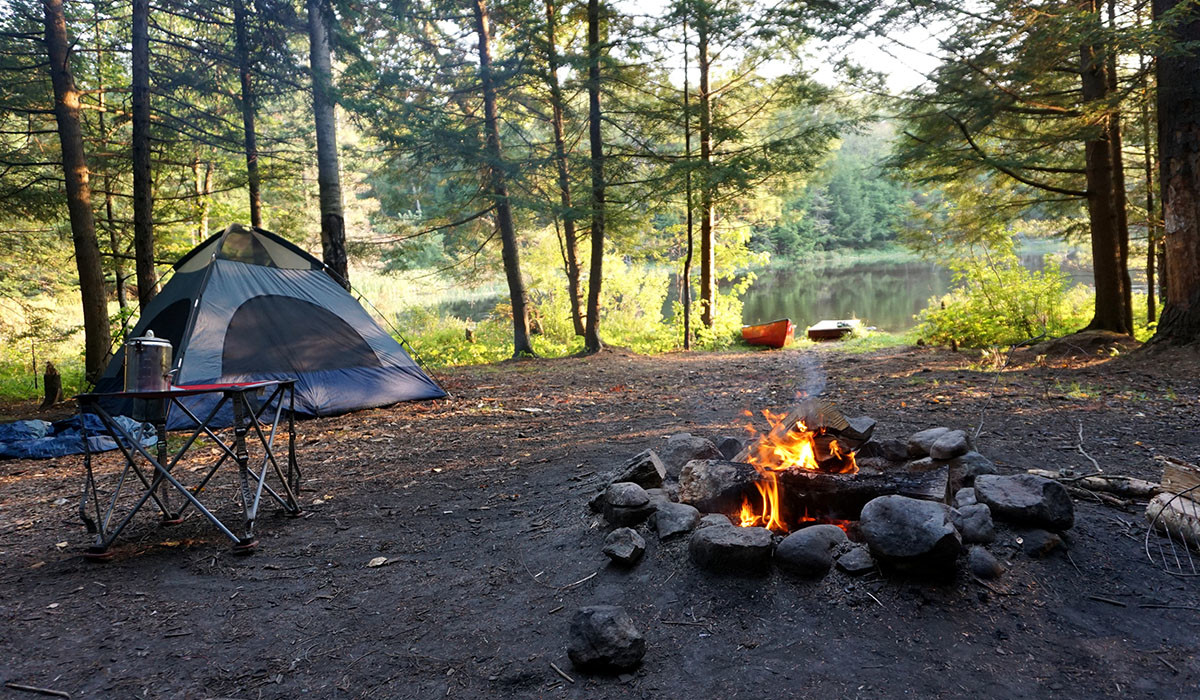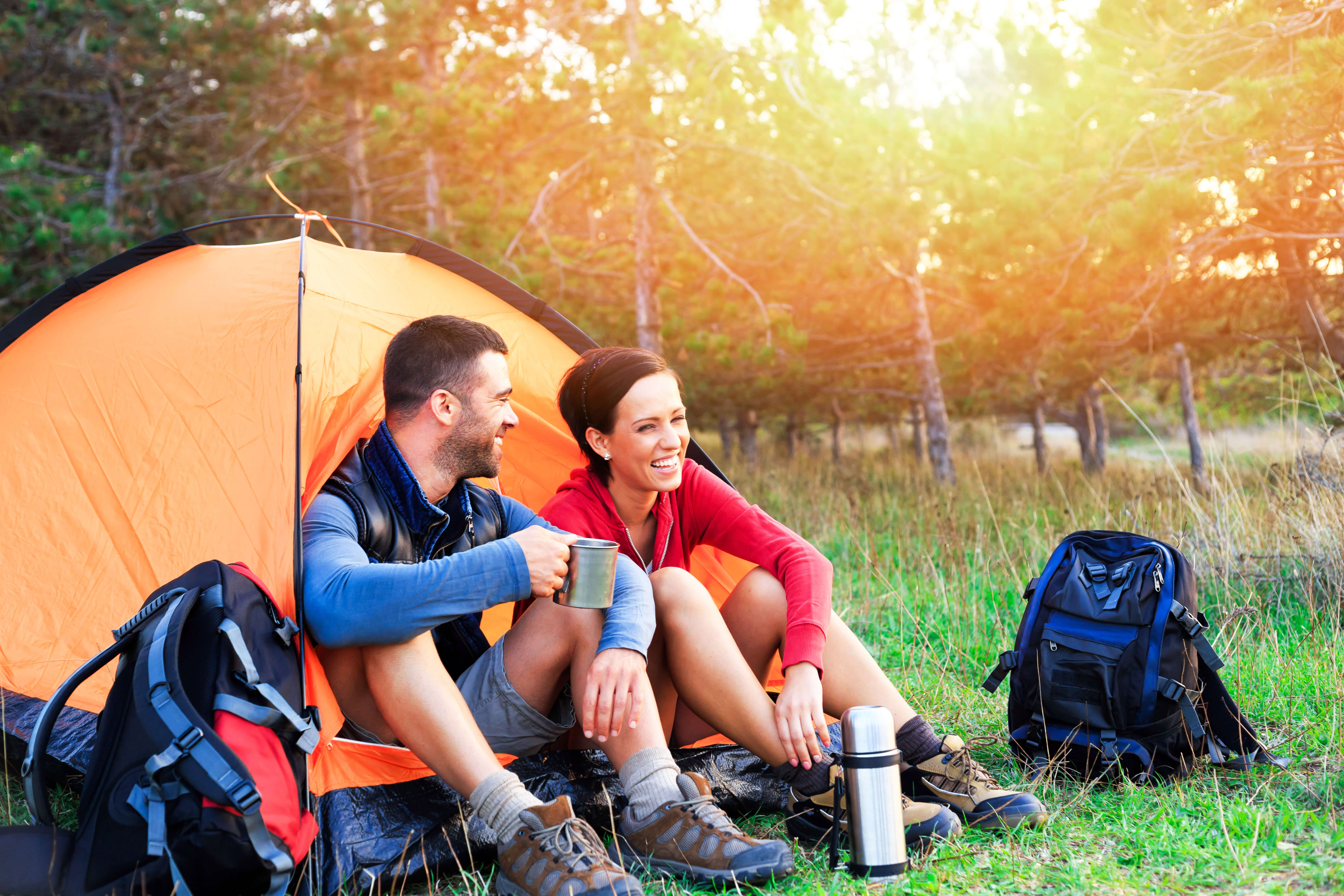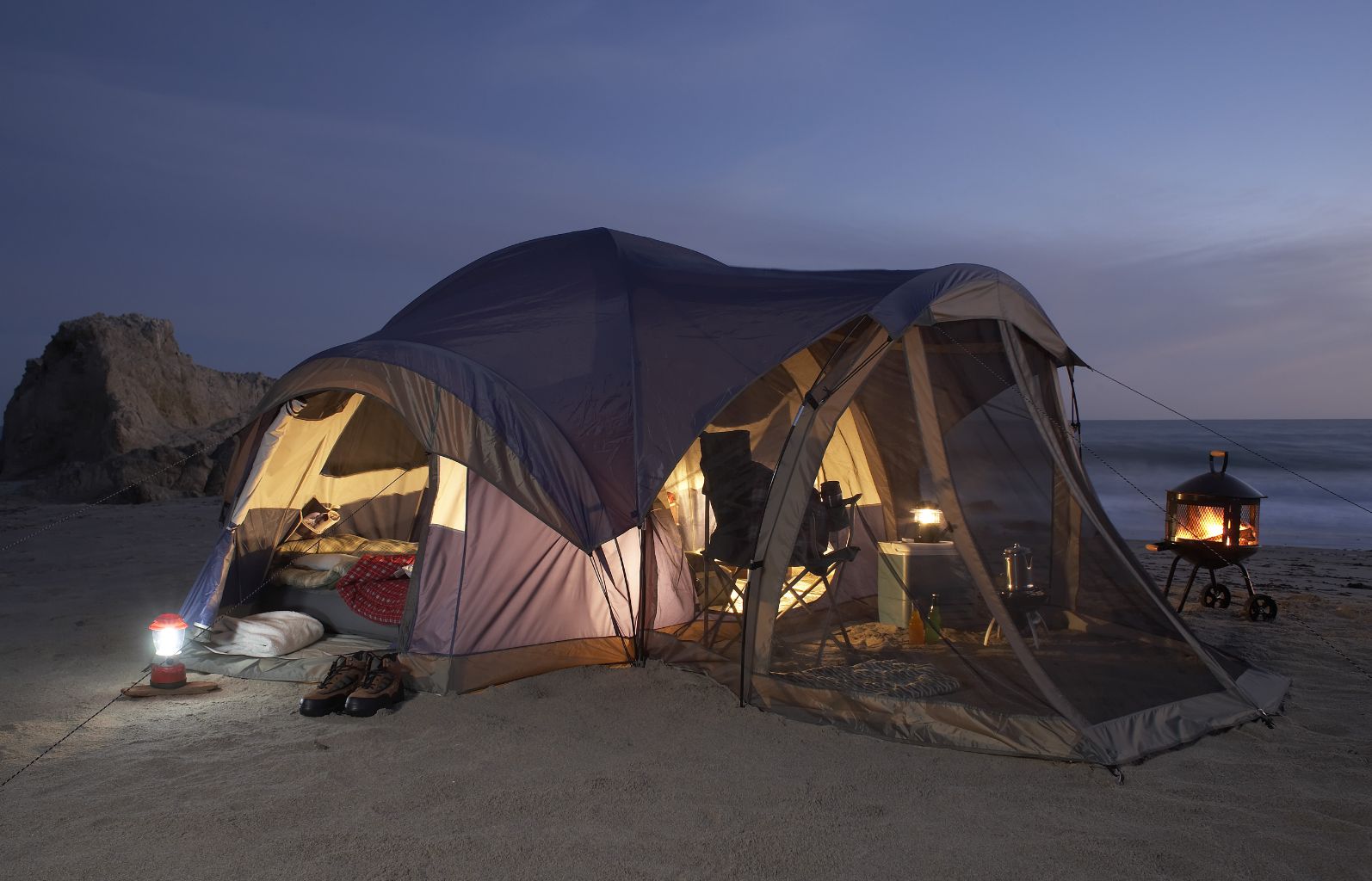What you must know before camping that only a few people know
You may wish to refer to the camping knowledge you must know before starting camping life.

1. Camp selection
Follow these four principles:
① Leeward: camp against the wind, and the tent door should not face the wind.
②Far cliff: Do not set up the camp under the cliff to prevent casualties caused by falling rocks.
③Close to the village: The camp should be close to the village. If there is any emergency, you can ask the villagers for help.
④ Shade: It is more comfortable to camp in a shaded and ventilated place.

Notice!
① It is best not to camp in rainy days, which is not only inconvenient, but also increases the risk factor.
②During thunderstorms, do not camp on the top of the mountain or in open ground to avoid being struck by lightning.
③Keep away from ravines, depressions and soft soil, because rainwater will collect in these places.
④Provide rainproof treatment for camps and tents, dig flood discharge ditches, reinforce tents and enhance rainproof performance.
⑤The camp should be built in a sheltered and dry place, away from strong winds and shifting sand, near water sources, and in vegetation areas.
⑥ Do not camp on the river beach, in case the river beach or streams are full when the power plant releases water. Once there is a heavy rain, there may be floods or flash floods.
⑦ Before setting up a tent, you must carefully survey the terrain and avoid animal dwellings.

2. About pitching a tent
①Before setting up the tent, you need to clean up the sharp stones and branches above the camp to prevent the tent from being scratched.
②In order to prevent the tent from being flooded when it rains, a drainage ditch should be dug directly below the edge of the tent.
③Tents should not be tied too close together, and the distance between tents should be no less than 1 meter.
④ The four corners of the tent should be pressed down with big stones.
⑤ Sprinkle plant ash around the tent to prevent the infestation of snakes, scorpions and poisonous insects.

Lay the wind rope: lay the wind rope well even when there is no wind. The wind rope is not only windproof, but more importantly, it separates the inner and outer tents and fills up the tent. After the inner and outer tents are effectively separated, the dew condensed on the outer tent will not wet the sleeping bags and clothes in the inner tent.
Lay the ground nails: drive the ground nails at an angle of 45-60 degrees outside the corner, so that they can bear the maximum force.

3. Other
① Site division: A well-equipped camp should be divided into tent camping area, fire area, dining area, entertainment area, water area, sanitation area and other areas.
② After choosing a campsite, spray sulfur (anti-snake) or insecticide around the campsite to prevent harmful mosquitoes from entering the campsite.
③When setting up a tent, the zipper of the tent mouth should be closed. When entering and leaving the tent, pull the tent mouth well to prevent mosquitoes and small animals from entering the tent.
④ When entering and leaving the tent at night, you must first check with the light to prevent danger.
⑤When the camp is withdrawn, the degradable substances will be buried, and the non-degradable substances will be taken away for disposal.








